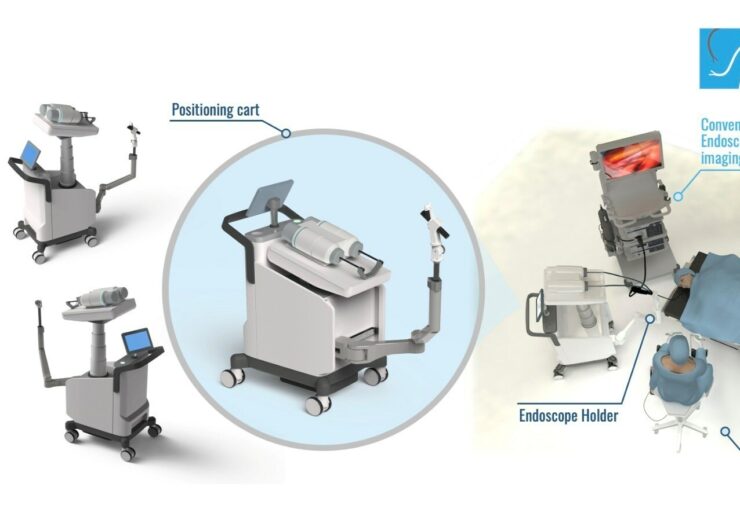The company's second-generation robotic technology was used on a live pig specimen to remove the artificial tumours using the ERBT method

Agilis Robotics has completed a new round of live animal trials using its with miniaturised robotic instruments. (Credit: PRNewswire/Agilis Robotics Limited)
Flexible robotic instruments developer Agilis Robotics has completed the second round of live animal testing using its proprietary miniaturised robotic instruments in endoscopic surgery.
The company’s second-generation robotic technology was used on a live pig specimen to remove the artificial tumours using the en-bloc resection of bladder tumour (ERBT) method.
As per the Hong Kong-based firm, the test results were as anticipated, offering encouraging evidence of the precision, safety, and effectiveness of the company’s medical robotic system.
Agilis Robotics system is said to be a surgical robotic system created specifically for endoscopic surgery. The system includes a chair for the surgeon to control, a positioning cart, and a set of flexible surgical robotic instruments.
The flexible robotic instruments, whose diameter is less than 2.8 mm, can grasp and cut away tumour tissue to completely remove it. The test’s second-generation prototype system has a number of upgrades over the first one.
Agilis Robotics said that the newly created endoscope holder also gives the surgeon a lot of versatility in how to position the endoscope and robotic tools. Using the sensor in the holder, the surgeon can easily move the endoscope during surgery with one hand.
In this generation of the prototype, the surgical tools have also been enhanced, allowing the surgeon to clearly observe the operative field beyond the instruments and increasing their load capacity to meet more rigorous criteria.
The robotic instruments developer has also improved the training simulator and ergonomic design of the system in addition to the controls.
In the next phase of the system’s growth, the firm will put the system to the test on animals for upper and lower GI endoscopic submucosal dissection (ESD).
The Agilis Robotics system also seeks to facilitate artificial intelligence (AI)-based training. The AI system for deep learning uses empirical endoscopic images to improve the operator’s surgical training.
